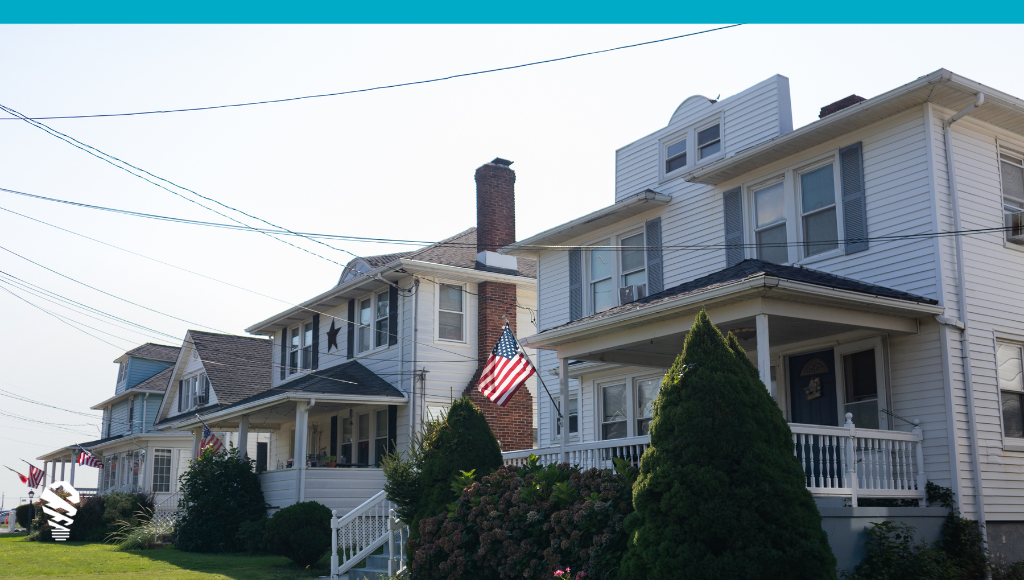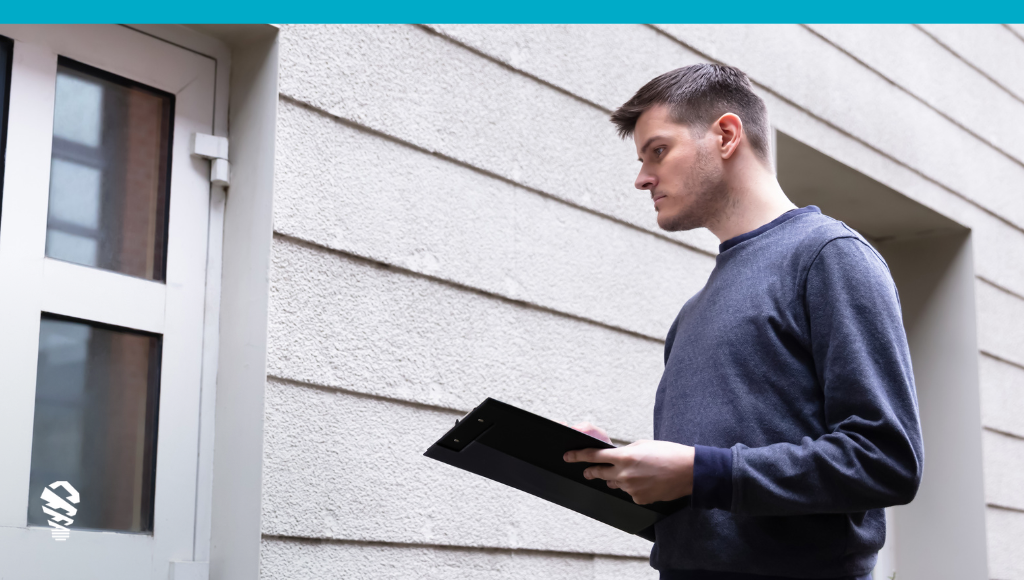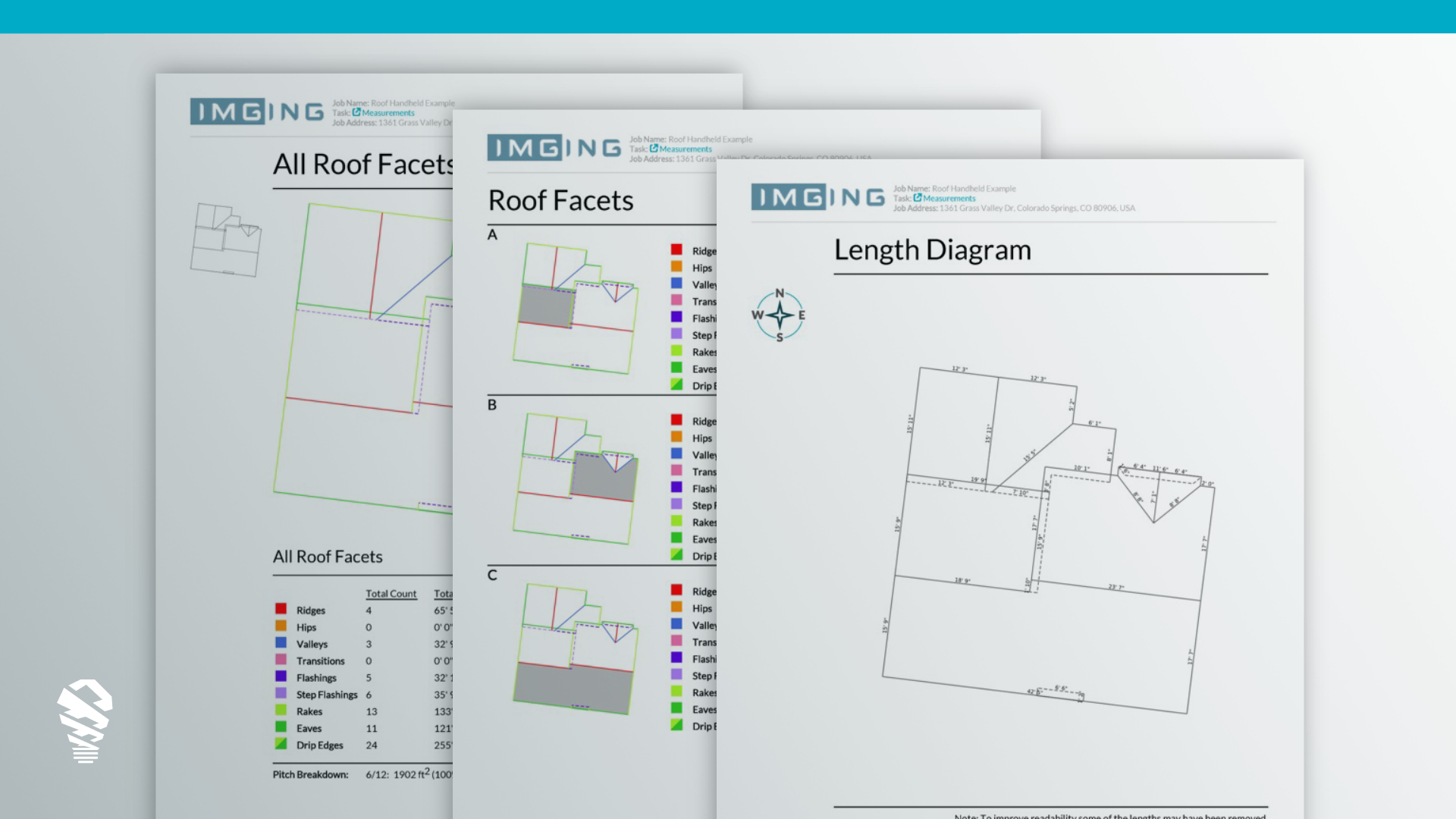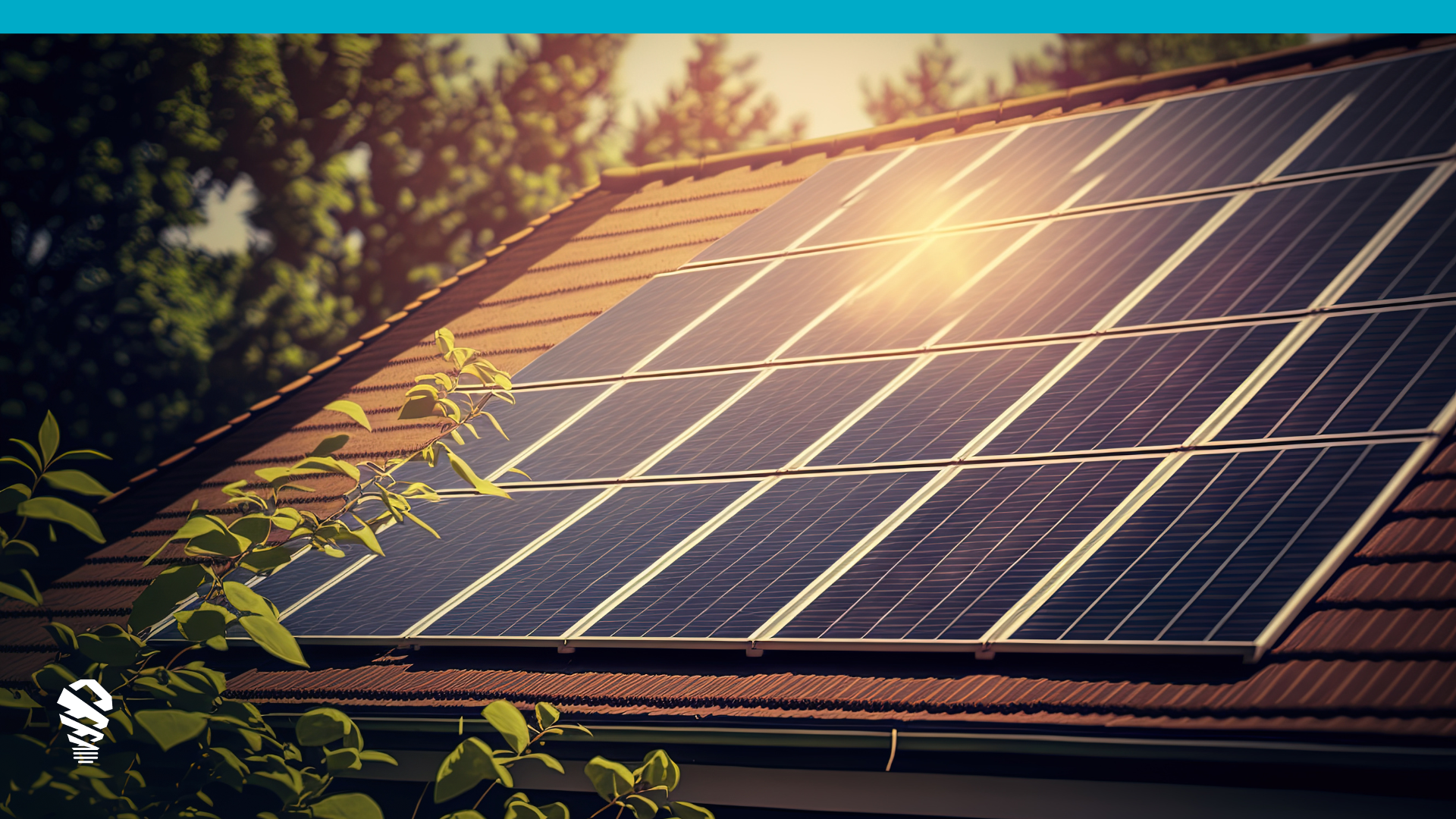Drones and solar energy. Two powerhouse innovations that have individually had great impacts on industry and societal advancement, but together, have taken the world by storm. Drones have quickly become key players in the rise of renewable energy, dominating the solar sector by improving efficiency and reducing creation costs. They are being utilized in many ways across the solar space, though this article will focus primarily on four. With the help of drone solutions, the following functions have been optimized, the solar industry has flourished, and its future shines brighter than ever before.
Solar Site Surveys
Solar site surveys are the bread and butter of drone solar work. As opposed to manual surveys, which can take over an hour, are dangerous to complete, and require multiple people and pieces of equipment, drone solar site surveys can be done in as little as 35 minutes from the safety of the ground. The time it takes to walk on a roof, take measurements, create sketches, and move that information into a CAD program for finalized plans is time solar companies can’t afford to lose in a quick and competitive industry. This is precisely why many are utilizing drones and drone platforms. Highly-capable software for solar installers such as IMGING enhances every step of the surveying process. Solar professionals are now surveying and selling all in one visit. They are closing more business and maximizing customer satisfaction with ultra-high-res images, precise measurements, autogenerated 3D models, automated horizon photos and reports, damage detection, and CAD designs generated in half the time.
Solar Access Calculations or Shading Analysis
Calculating energy output of an array is critical to the success of any project, and with an automated drone, this is easier and more accurate than ever before. Automated drone flight means your data will be captured the same way every time, reducing human error and shortening training times. Bundling site surveys and shading analysis means your data will be as recent and accurate. Drones for solar shading analysis also provide what we call a horizon report, or a 360 degree picture of the horizon above the roof for visual checks on potential shading objects.
Solar Farm Inspections
Aside from rooftop, residential, and commercial solar systems, other drones are being used for the planning, construction, and maintenance of solar farms. Solar farms are large scale solar installations that operate as power plants, providing power to the electric grid instead of local end-users like business or homeowners. By employing a drone solution for solar inspections, the work required to establish these solar farms has been updated and elevated in several ways:
Planning – Solar farm prospecting can be challenging when it comes to generating purchase bids quickly. Traditionally, topographical information for a prospective solar farm site is gathered one of two ways: by conducting new ground surveys, or through data already available publicly on sites like Google Maps. Neither of these are ideal, as land surveys can take weeks to complete and publicly available data isn’t always reliable. Using drones to survey land and create digital terrain models and contour maps means trimming weeks down to days, and obtaining fully dependable data. Field engineers have shifted from hand-drawn portraits to digital renderings, which harbor greater detail and account for shadow analysis, hydrology, material quantity estimates, safety assessments, and necessary manpower.
Strong growth is predicted for the future as annual utility-grade solar installations are expected to increase continually. The more panels there are to set up, the more surveys there are to complete and plans there are to be made. Drone solutions have refined this process and reduced the design cycle of large solar energy projects, resulting in faster turnaround times for companies wanting a leg up on the competition.
Construction – Once a project site is selected and the project itself is underway, drone solutions can be used for better, more convenient, and more thorough construction monitoring. Simply put, drones act as the “eyes” of project managers on-site. Rather than visit in person, a project manager need only log in remotely to a web-based portal in order to take a tour of the site and generate reports. They can verify remotely when installations are complete, if they are safe, and if all components are working properly. In this respect, not only are drone solutions saving companies time and money on transportation to and from the project site, but they are improving operational efficiency and decreasing risk. Digital assets and extensive monitoring also provide valuable insights for stakeholders.
Maintenance – The upkeep and maintenance of solar farms is crucial to the integrity of their performance. Traditional methods of operation including employees that are prone to human error are no longer sustainable, especially considering the expected level growth mentioned above. No longer is it financially feasible to deploy a few field engineers for 30 days to conduct spot checks and handheld IR analysis on a plant with thousands of solar panels. Drone solutions are now being used to predict and prevent faulty or degenerate solar panels, to determine which need repairs or cleaning, and to detect drops in energy output. With drones, companies are pinpointing problems and supplying swift solutions, ensuring peak performance and plant efficiency while reducing overall costs.
Drones Powered By Solar
In 2018, students at the National University of Singapore (NUS) developed a drone that draws its power from on-board solar panels. This meant that the aircraft was not restricted to battery life but could remain in the air as long as the sun was shining. The drone had a surface area of around four-square meters and was the first to rely solely on direct solar power rather than combined solar and battery power. Though it was merely a proof-of-concept model, this quadcopter provides us with a sneak peek into the potential innovation and advancement that lies ahead for solar energy and drones.
Facebook had set out to harness that potential in 2014 by beginning work on a solar-powered drone that would be used as an atmospheric satellite and bring internet access to remote areas of the globe. A full-scale prototype was built in 2015 and a test flight was successfully completed the following year. The drone was kept in the air for 96 minutes, instead of its intended 30. Facebook’s goal was to have a fleet of these drones flying simultaneously, remaining in the air for 90 days at a time, at an altitude between 60,000 and 90,000 feet. Development of these drones has since stopped, as Facebook announced in 2018 that they were no longer pursuing this project. However, what’s important to recognize here is the role of a drone solution in making something that seemed impossible, possible.
Into The Future
It’s safe to say that drones are not only driving more efficient, profitable planning and sustenance of solar energy, but they are bringing a powerful synergy to the solar sector and causing a major paradigm shift as more companies use them. By allowing for a faster, cheaper, safer, better way to get work done, drone solutions are making solar energy more viable and starting quite literally from the ground up.









